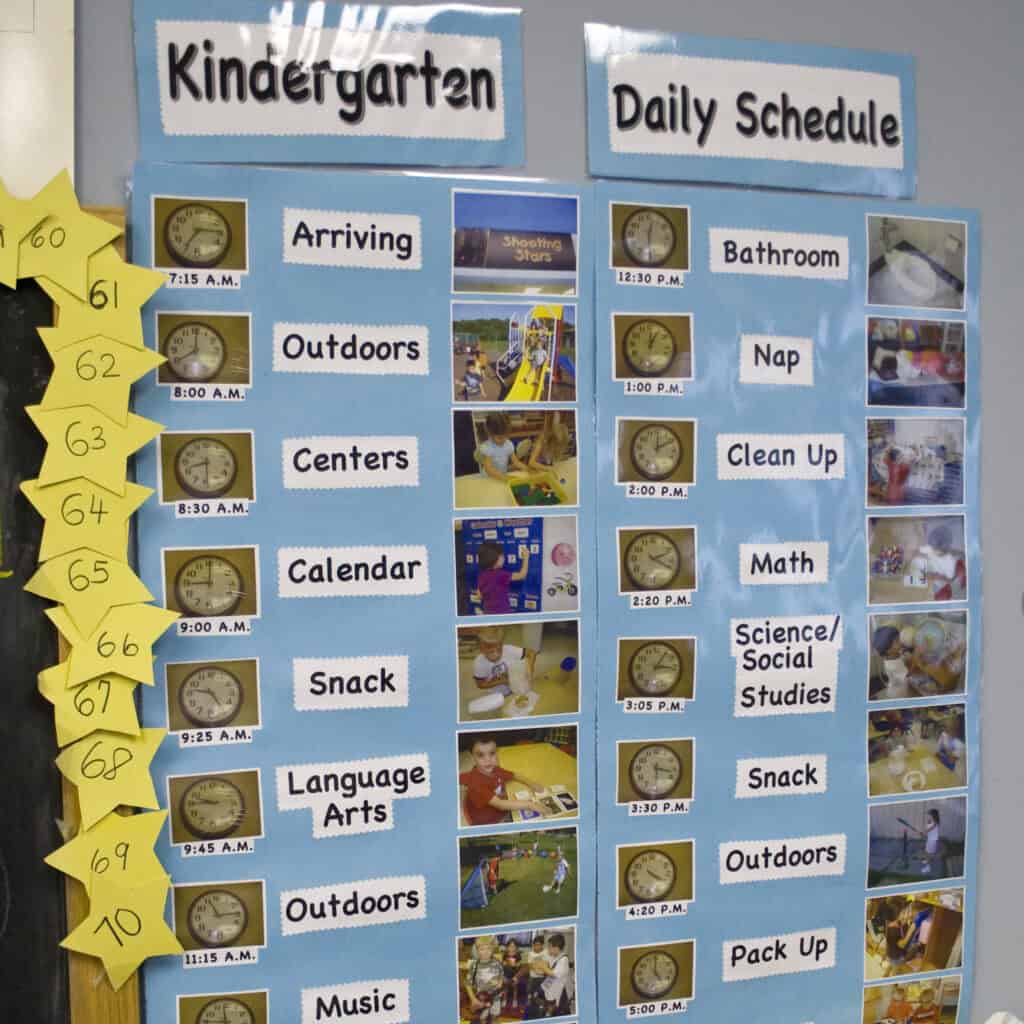Visual schedules have revolutionized autism support and learning, providing numerous benefits for individuals on the autism spectrum. Understanding visual schedules, reducing anxiety and challenging behaviors, tailoring schedules for different routines, implementing methods, utilizing online tools, and experiencing positive outcomes are all key aspects of the benefits associated with visual schedules. Additionally, incorporating visual supports into therapies and programs can enhance the overall effectiveness of interventions for individuals with autism.

Understanding Visual Schedules
Many individuals with autism are visual learners, making visual schedules an ideal way to present information and support their learning process. Visual schedules are valuable tools that assist individuals with autism in navigating everyday routines, developing daily skills, and improving communication.
Visual schedules can help individuals with autism feel more comfortable at home and school, potentially reducing anxiety, increasing independence, and improving challenging behaviors. By providing a visual structure and predictability, individuals with autism can better understand what to expect and navigate their environment more effectively.
Tailoring Visual Schedules for Different Routines
Creating multiple visual schedules tailored to different routines, such as staying at home versus going to school, can be highly beneficial for individuals with autism. This approach allows for flexibility and organization in their activities, ensuring that the visual schedules are relevant and meaningful to their specific routines.
Methods for Implementing Visual Schedules
Implementing visual schedules involves the use of objects, drawings, pictures, or electronic devices to represent each step of a routine or activity. Children are taught to follow these visual aids one step at a time, gradually reducing the need for adult assistance until they can independently complete the tasks. This method encourages independence and empowers individuals with autism to navigate their day with minimal guidance.

Online Tools and Programs for Creating Visual Schedules
With the advancement of technology, there are now various online tools and programs available for creating visual schedules. These resources offer user-friendly interfaces, customizable templates, and the ability to incorporate images and symbols that resonate with individuals on the autism spectrum. Online tools provide convenience and accessibility for parents, educators, and therapists in creating personalized visual schedules.
Positive Outcomes of Using Visual Schedules
Numerous studies have demonstrated the positive outcomes of using visual supports and visual schedules for individuals with autism. These tools aid in following directions, coping with transitions between activities, reducing anxiety, and managing challenging behaviors. Visual schedules are considered effective components of broader therapies and programs that focus on the development and education of individuals with autism.
Incorporating Visual Supports into Therapies and Programs
Visual supports, including visual schedules, are integral to supporting the learning and development of individuals with autism. They provide visual information that helps individuals understand what is expected of them and what will happen next. By incorporating visual support into therapies and programs, individuals with autism can enhance their skills, increase their independence, and improve their overall well-being.

